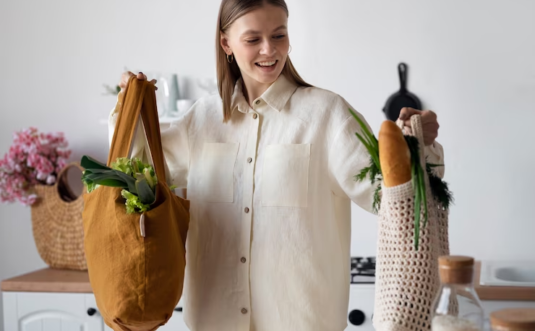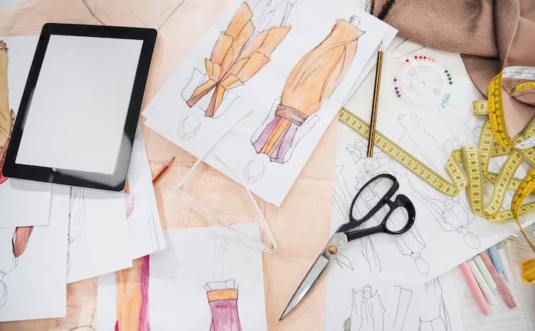In the field of fashion design, creativity is the key to achieving success. Fashion designers possess exceptional artistic and visualization skills, which they utilize to craft distinctive clothing and accessories. However, to excel as a fashion designer, one must have a solid foundation. It is essential to master fundamental skills such as sewing and stitching if a career in fashion design is desired. Attending design schools provides an opportunity to acquire these techniques. In India, there are numerous fashion designing colleges, including the renowned JD Institute of Fashion Technology. This premier institute offers specialized fashion designing courses tailored for individuals with creative inclinations, providing them with a comprehensive understanding of design fundamentals and the necessary skills to pursue a career as a fashion designer.
Sewing, an ancient form of art, revolves around one’s creativity and ability to express oneself. When a fashion designer conceptualizes a design, sewing techniques enable them to bring their visions to life. Attention to detail is crucial in mastering sewing skills. Let us explore some of the top sewing techniques employed in the fashion industry:
1. Stitching
Stitching is an indispensable sewing technique used to join fabric pieces together, preventing excessive stretching. It plays a vital role in perfecting the fit of a garment.
2. Appliqués
This sewing technique involves the manual attachment of fabric bits and corners, enhancing the garment’s edges. Designers utilize appliqués to add minimal yet exquisite detailing to their creations.
3. Seam
Seams are stitched on the inside of garments, and contemporary patterns and designs have made them a noteworthy aspect of the overall look of a dress or any other clothing item.
4. Velvet
Sewing velvet fabric can be challenging due to its thickness. Without proper training from a reputable design school, mastering velvet sewing techniques becomes arduous. Design schools teach students the basics of sewing velvet by hand or using sewing machines. Designers often use their fingers to press the fabric edges while sewing to keep them in place.
5. Embellishment Sewing
Different embellishments like beads, stones, shimmer, or pearls are meticulously sewn onto garments to enhance their aesthetics. These additions lend an elegant and sleek appearance to the fabrics, requiring meticulous attention to detail during the sewing process.
6. Couture Sewing
Couture sewing refers to the creation of custom-made, personalized clothing based on the client’s requirements and directions. This sewing technique is exclusive to the high-end fashion realm and requires advanced skills and expertise.
To wrap up
A fashion designer’s role extends beyond envisioning and designing garments; they are responsible for transforming their visualizations into reality. Sewing work enhances the overall look of the creations, bringing all elements together and providing the garments with a polished and complete appearance. A well-designed and impeccably stitched garment is sure to captivate everyone’s attention.




